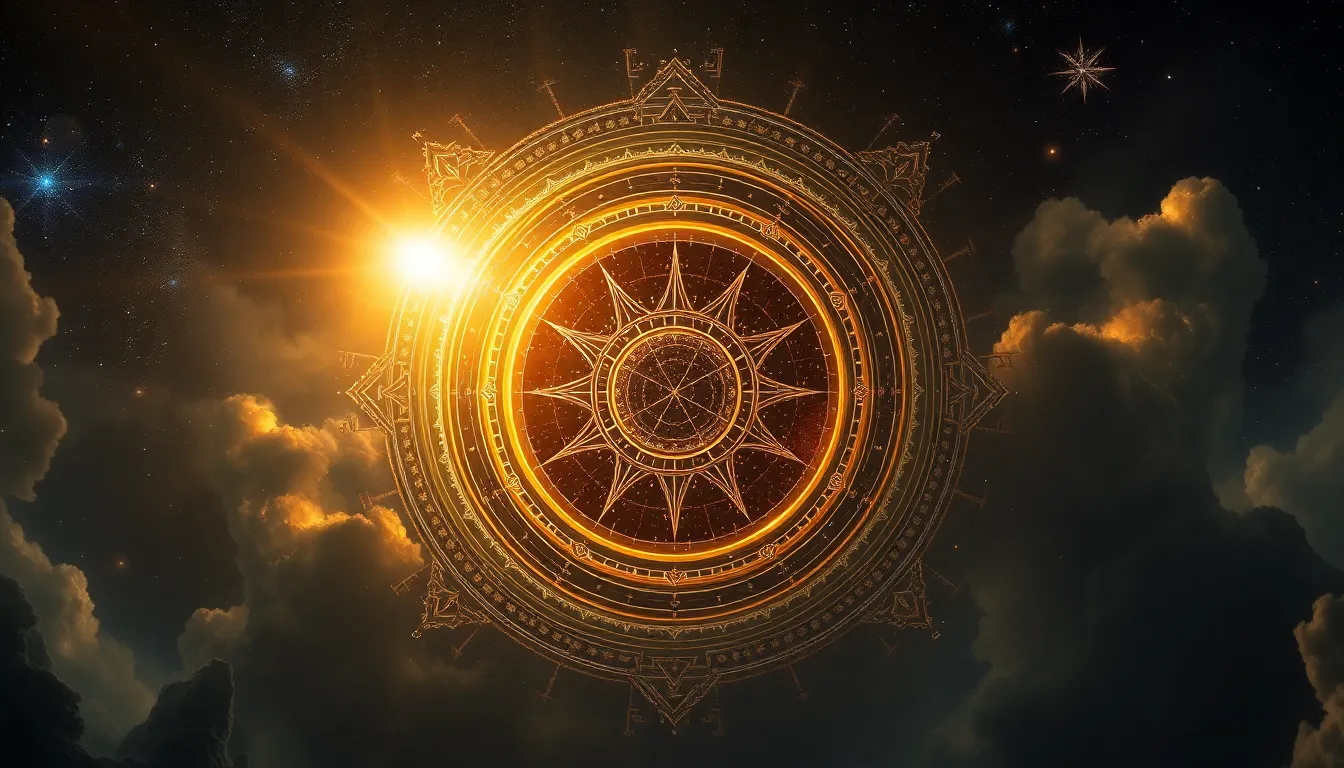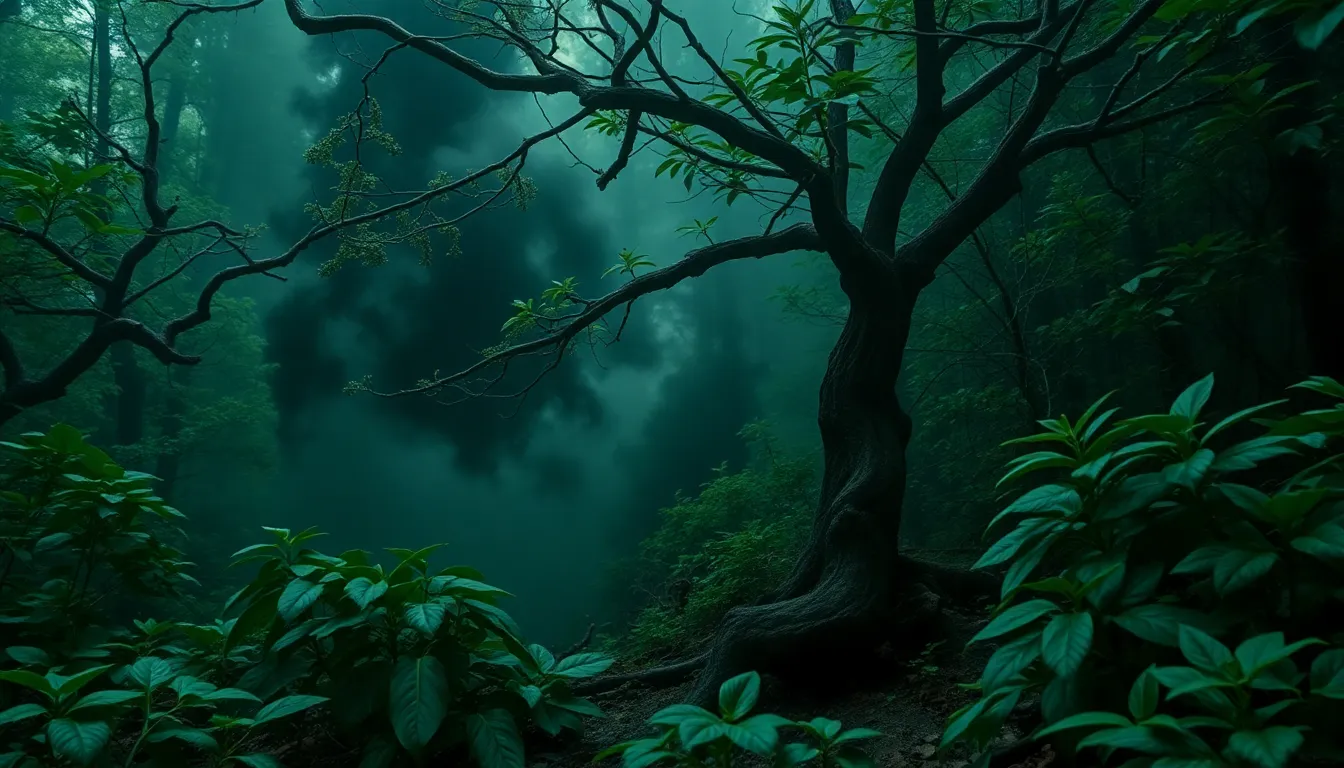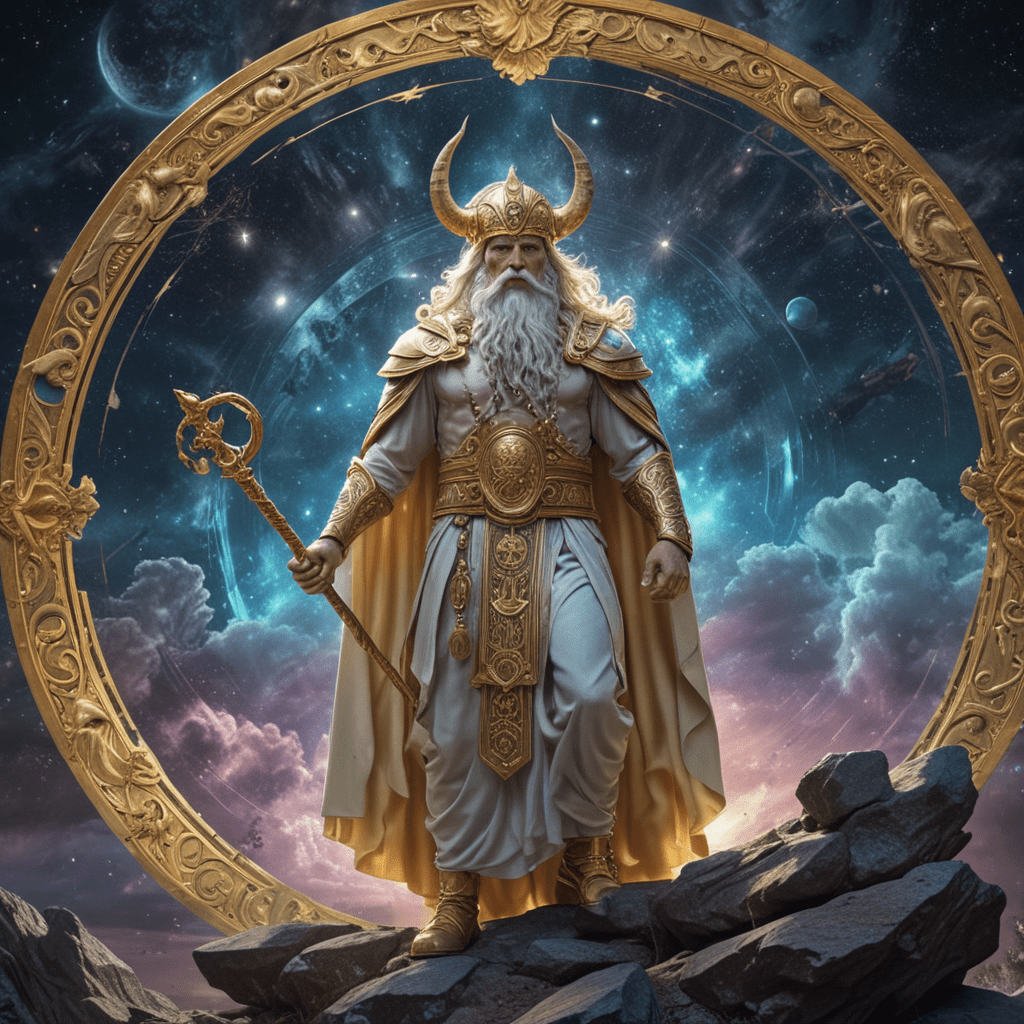Thai Mythology: Uncovering Hidden Treasures and Lost Cities
Thailand, a land of vibrant culture and breathtaking landscapes, is also home to a rich tapestry of myths and legends that have captivated generations. These stories, passed down through oral tradition, are filled with mystical creatures, lost cities, and hidden treasures, offering a glimpse into the beliefs and values of Thai people. Exploring these myths is not just about delving into the past, but understanding the influence they have had on Thai society, art, and even the very identity of the nation.
The Power of the Naga: Guardian Serpents and Hidden Riches
In Thai mythology, the naga, serpentine beings with supernatural powers, are often depicted as guardians of hidden treasures and sacred sites. These mythical creatures are believed to be able to shapeshift, taking on human forms and even becoming invisible. Stories abound of nagas protecting temples, palaces, and ancient ruins, their presence a reminder of the power and mystery of the natural world. In Thai art and literature, nagas are often depicted as majestic and benevolent creatures, symbolizing wisdom, prosperity, and the interconnectedness of nature and the spiritual realm.
One prominent naga legend tells the story of the Serpent King and the Sukhothai Kingdom. It is said that a powerful naga, known as Pha Chom, chose the city of Sukhothai as his home, ensuring its prosperity and protection. The naga, through his mystical powers, controlled the flow of water, ensuring abundant harvests and a thriving kingdom. This legend underscores the importance of respecting nature and its powerful forces, as well as the belief that the natural world is infused with the divine.
The Legend of the Khmer Empire: Lost Cities and Supernatural Protections
The Khmer Empire, a powerful civilization that once ruled over much of Southeast Asia, left behind a legacy of awe-inspiring temples and architectural wonders. Thai mythology abounds with stories of the rise and fall of the Khmer Empire, often attributing their successes and failures to supernatural forces. These tales weave together history, religion, and folklore, offering insights into the complex relationship between humans and the divine.
One of the most famous legends associated with the Khmer Empire is the story of Angkor Wat, a massive temple complex in Cambodia. The legend tells of a powerful Khmer king who commissioned the construction of Angkor Wat as a tribute to Vishnu, the Hindu god of preservation. It is said that the king made a pact with a powerful genie, promising him a sacrifice in exchange for the genie’s help in building the temple. The genie, however, was angered by the king’s failure to fulfill his promise, resulting in the Khmer Empire’s downfall. This legend highlights the belief in the importance of honoring agreements, no matter how supernatural they may seem, and the consequences of betraying one’s word.
The Significance of the Phra Ruang: Sacred Stone and its Role in Myth
In Thai mythology, the Phra Ruang, a sacred stone believed to possess mystical powers, plays a significant role in stories of kings, gods, and the origin of the nation. The Phra Ruang is often associated with the founding of Ayutthaya, the ancient capital of Thailand. Legend tells of a revered king who discovered the Phra Ruang, a stone with mystical powers, which he used to establish his kingdom. This stone, believed to hold the essence of the earth’s power, was said to bring good fortune and prosperity to the land.
The Phra Ruang represents more than just a powerful object; it is a symbol of national identity and a reminder of the country’s rich history and sacred origins. The belief in the Phra Ruang’s power underscores the deep connection between the Thai people and their land, as well as their reverence for the unseen forces that shape their lives. The stories surrounding this sacred stone serve as a reminder of the importance of seeking wisdom and guidance from those who came before, ensuring a continuity of tradition and the preservation of national identity.
The Mystery of the Himaphan: A Realm of Wonders and Mythical Creatures
The Himaphan, a mythical realm in Thai mythology, is a parallel universe where the boundaries between the real and the supernatural blur. Often described as a paradise, it is home to a wide array of mythical creatures, including the garuda, a half-human, half-bird being, the kinnara, a celestial creature with the head of a man and the body of a bird, and the yak, a powerful bull-like creature. The Himaphan, a realm of endless wonder and mystery, is a reminder of the vastness of the universe and the boundless possibilities of the imagination.
Legends abound of heroes and kings who journey to the Himaphan, seeking wisdom, enlightenment, and hidden knowledge. These stories illustrate the yearning for a more perfect world, a place where peace, harmony, and spiritual fulfillment reign. The Himaphan, a realm of dreams and aspirations, continues to inspire the imagination of Thai people, reminding them that the pursuit of knowledge and the quest for enlightenment are essential aspects of the human experience.
The Role of the Asura: Demigods and Guardians of Forbidden Treasures
In Thai mythology, the asura are powerful demigods, often depicted as guardians of forbidden treasures and guardians of the underworld. Although possessing supernatural powers, the asura are often portrayed as rebellious and prone to conflict with the gods. Their role in Thai mythology highlights the tension between the divine and the demonic, and the constant struggle between good and evil. These stories of the asura, like the ones about the naga, underscore the importance of understanding and respecting the forces of nature, both benevolent and malevolent.
One of the most famous stories about the asura revolves around the myth of the Demon King, who, according to legend, ruled over the underworld and sought to conquer the heavens. This battle between the gods and the asura represents a universal struggle between light and darkness, order and chaos. These stories serve as reminders of the importance of choosing the right path and fighting for justice.
Theories of the Real: Historical Evidence and Archaeological Discoveries
While Thai mythology is steeped in the realm of the supernatural, it is often rooted in real history and events. The legends of lost cities, powerful kings, and mystical creatures often echo historical realities, inviting scholars and archaeologists to explore the connections between myth and truth. For instance, the story of Angkor Wat, the magnificent Khmer temple, is woven with tales of supernatural beings and celestial powers. While the legend of the genie and the angered king may be fictional, the temple itself stands as a testament to the Khmer Empire’s grandeur and architectural prowess.
Archaeological discoveries have unearthed evidence that supports some of the claims made in Thai mythology. The discovery of ancient ruins, like the Sukhothai and Ayutthaya kingdoms, provides tangible proof of the existence of powerful empires, kings, and the civilizations that once flourished in the region. These findings also shed light on the practices and beliefs of ancient Thai people, providing a glimpse into the origins of the myths and legends that have been passed down for generations. The study of ancient artifacts, like the Phra Ruang stones, offers insights into the religious and spiritual practices of ancient Thai people, and how they viewed the natural world and its powers.
The Role of Oral Tradition: Passing Down Legends Through Generations
The preservation of Thai mythology is largely thanks to oral tradition, a powerful means of transmitting cultural knowledge and beliefs over generations. Storytellers, bards, and elders played a crucial role in keeping these tales alive, adapting them to changing times and adding their own interpretations, ensuring their relevance and resonance across generations. Through these stories, Thai people learned about their history, their values, and their place in the world.
Oral tradition served as a powerful tool for education, entertainment, and social cohesion. Gatherings around campfires or in village squares, listening to stories of heroes, kings, and mythical creatures, provided a sense of shared heritage and strengthened bonds between communities. These narratives helped to shape the cultural identity of Thai people, instilling a sense of pride in their heritage and a deep connection to the past.
The Power of Place: Sacred Sites and their Connection to Myth
Many of Thailand’s sacred sites, such as temples, mountains, and rivers, are interwoven with mythology, adding a layer of meaning and significance to these places. Each landmark is often associated with a specific myth or legend, adding to its spiritual and cultural weight. For instance, the Wat Arun Ratchawararam Ratchawaramahawihan, a prominent Buddhist temple in Bangkok, is associated with a legend of a hermit who sought refuge in the area, eventually becoming a revered figure. Similarly, mountains are often viewed as the abode of deities or mystical creatures, while rivers are said to be inhabited by nagas or other supernatural beings.
The connection between sacred sites and mythology highlights the belief that the natural world is infused with spiritual energy and that these locations are gateways to the divine realm. These places serve as reminders of the interconnectedness between humanity, nature, and the spiritual world, reinforcing the belief that the past, present, and future are inextricably linked.
The Enduring Legacy: The Influence of Myth on Thai Culture and Identity
Thai mythology continues to exert a profound influence on Thai culture and identity, shaping art, literature, music, and even everyday life. The tales of nagas and asuras are depicted in intricate temple carvings, while the stories of heroes and kings inspire works of literature and theatrical performances. The belief in the power of the Phra Ruang is reflected in the use of sacred stones in ceremonies and rituals.
Mythology plays a key role in preserving tradition and fostering a sense of cultural continuity. These stories serve as a reminder of the past, providing a sense of grounding and a connection to the roots of Thai culture. They also offer insights into the values and beliefs of the Thai people, showcasing their reverence for nature, spiritual power, and the interconnectedness of all living things.
FAQ
Q: What are some of the most popular Thai myths and legends?
A: Some of the most popular Thai myths and legends include the story of the Naga King, the legend of Angkor Wat, the tales of the Phra Ruang, and the stories of the Himaphan and its mythical creatures.
Q: What role does mythology play in Thai society today?
**A: ** Thai mythology plays a significant role in Thai society today, influencing art, literature, music, and even everyday life. It provides a sense of cultural continuity, reinforces traditional values, and serves as a reminder of the rich heritage of the Thai people.
Q: How can I learn more about Thai mythology?
A: There are many resources available for learning more about Thai mythology, including books, websites, documentaries, and museums. You can also visit Thailand and experience the rich cultural tapestry of this fascinating country firsthand.



